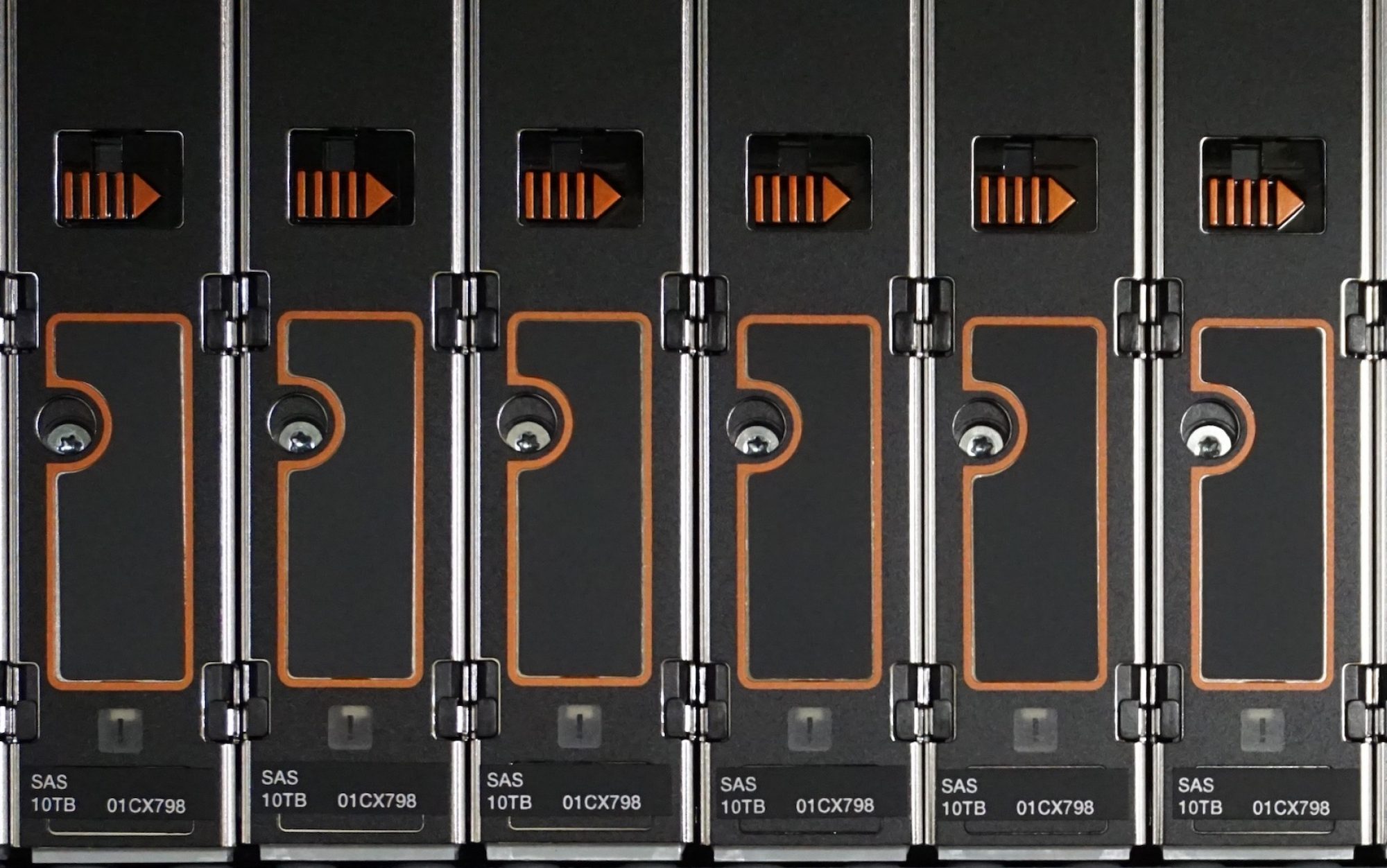On January 12th, Paul Roberts, Patrick Byrne, Sophie Carsten and I ran a second iteration of performance talks with a small subset of UK Spectrum Scale users. As Paul covered in a previous post, the goal of the meeting was to have an informal chat with these users to gain insights on how they use their clusters, what issues they have concerning their cluster’s performance, and what we can do to help improve the product. We met in the IBM Manchester Development Lab, which allowed us to have developers from the performance, install and upgrade, and system health teams available to discuss the product.
As is the case with all Spectrum Scale User Group meetings, the participants were very happy and open to discuss their Spectrum Scale deployments with us. Since the meeting was designed to be an open and free-flowing meeting, there were a few issues raised by the users and our conversations ebbed and flowed from there.
We discussed a wide range of topics, from filesystem sizes to advanced AFM views in the GUI. However, there were a few main areas that we spent the most time on.
One such topic was the Spectrum Scale GUI. They liked its look and feel as well as the advanced performance capabilities built into it. They also offered a few suggestions that we will feedback to the teams regarding AFM integration and multi-cluster views. The ability to see more than one cluster, especially in cases where they have cross-cluster mounts, is important to the users so they can have a holistic view of their environment. In regards to AFM, the request was for more granularity in what we are presenting to the user so that they can track how this feature is propagating the data between clusters.
Luckily for the attendees of this User Group meeting, the pizza order was much more reliable, and arrived on time. I still have a habit of ordering too much food, but one thing I promised the attendees was that at least they wouldn’t leave hungry.
We also took advantage of our local upgrade and install expertise and discussed how the users would like to be able to handle the upgrade of large clusters using the upgrade utilities provided in R4.2. It’s clear that the tool being flexible in how and when nodes are upgraded is a key requirement.
I’d like to thank the participants from our user group for coming to Manchester and meeting with us. I always enjoy the personal interactions with our User Group, and I look forward to meeting with them again at future events.
